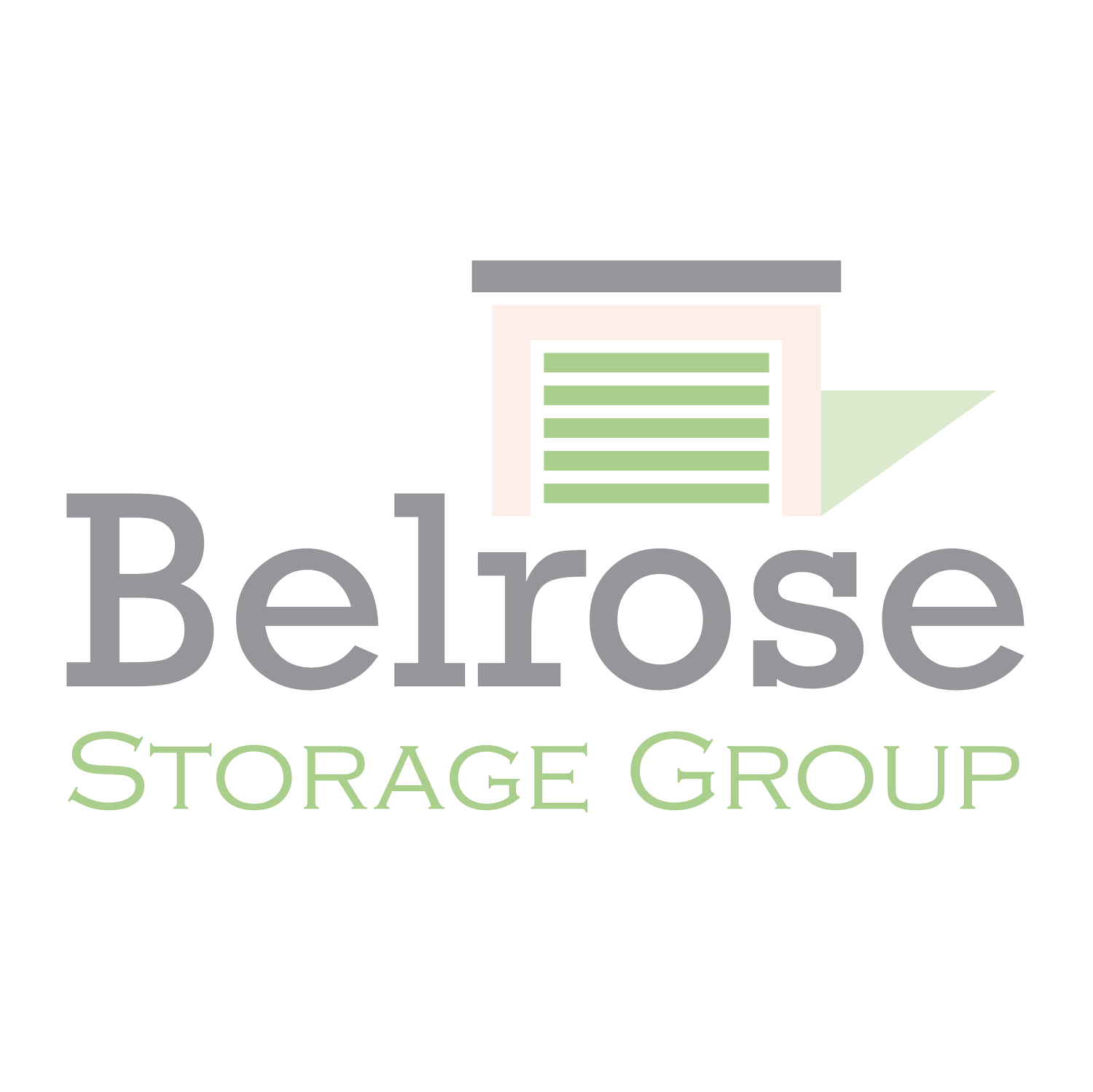Do Rising Costs Impact the Value of Your Investment?
Not every business venture will be successful long-term, especially under tough economic circumstances (as we saw in 2023).
Yet, despite ongoing challenges with the global economy and volatile markets, 2023 was a significant year of growth and development for Belrose, our self-storage facilities, and our community of private investors. We successfully acquired, improved, and sold multiple self-storage facilities despite the ongoing economic challenges. Most importantly, we helped our community of private investors achieve impressive ROI in the process.
This has led many to ask us… What’s our secret?
The answer is actually so simple, it’s almost boring. We diligently monitor and manage our expenses in order to address challenges that have the potential to affect our return on investment.
Recently, we’ve noticed there are three particular factors impacting the self-storage space: Unusually high inflation, rising interest rates, and an increase in competition across the industry.
Let’s take a closer look at each one.
High Inflation
As you might recall, 2020 wreaked havoc on the balance between supply and demand. People stopped spending money on things like restaurants and travel and instead stayed home and saved up their disposable income. Once restrictions were lifted and people felt more comfortable resuming their normal activities, the economy experienced a seismic shift in supply and demand. Suddenly, supply couldn’t keep up with demand (whereas only a few months earlier, the opposite was true).
Between a shortage of workers and an increase in demand, the price of goods rose sharply. In 2022, Russia declared war on Ukraine, which hit supply chains even harder and exacerbated the imbalance of supply and demand. All of this came together to create a perfect storm that pushed inflation into a stratosphere we hadn’t seen for decades. In fact, inflation peaked at a 40-year high of 9.1% in June 2022, according to the Consumer Price Index (CPI).[1 ]
While it’s been steadily making its way back down to “normal” levels in the years since, you’ve likely noticed that prices still remain higher than they were pre-Covid.
Just as your own electric bill has likely spiked in recent years, for example, so have the utility bills at self-storage facilities — especially for those operating climate-controlled units. Higher inflation also increases the cost of materials for building, renovating, or maintaining self-storage facilities, and it’s not out of the ordinary to see higher insurance premiums as well.
Interest Rates
Another sore subject for many borrowers has been the unusually high interest rates, which the Federal Reserve raised in 2022 and 2023 in an effort to curb inflation.
As a result, lenders and financial institutions who would otherwise have extended favorable rates and terms have tightened their purse strings. As rates remain high (though again, they may be trending downward now), more borrowers are forced to reevaluate their budgets.
The good news is, the Federal Reserve appears to be slowing down rate hikes and may even begin lowering rates by the end of 2024.
Increased Competition
Interest in the self-storage space has grown significantly in recent years, especially as poor stock and bond performance has more people turning to alts like real estate investing.
As a fragmented market, the self-storage space primarily consists of mom-and-pop shops and small business owners — as opposed to large corporations and national chains (though some do exist). Because no one business has a monopoly on the industry, the barrier to entry is relatively low for new investors. While that’s good news for those interested in dipping their toes in the water, it also means competition is ever-growing.
At Belrose, we’ve addressed this challenge by focusing our attention on secondary and tertiary markets — locations outside of major metropolitan areas, as opposed to inside the cities themselves. We’ve also established a large, well-connected network of facility owners and real estate professionals who help us initiate off-market deals with favorable terms.
How We Address Rising Costs as Self-Storage Operators and Investors
Tracking expenses, occupancy rates, and profitability not only helps us benchmark our performance against others in the market, but make strategic, data-driven decisions as well.
For example, we can adjust rental rates frequently to accommodate rising costs or competition — which is something you can’t easily do with residential or commercial leases.
As a robust and experienced team of professionals, we also have the distinct advantage of conducting a thorough due diligence process on any facility we consider purchasing. During this process, we review the financials and anticipate how much it’ll cost to continue operating, so we can help our investors achieve their investment goals of security, income, and growth.
Interested in Self-Storage Investing? We’re Here to Help
When researching the viability of a facility, we carefully weigh operating costs against the anticipated income and return on investment we can achieve for our investors. This is something that takes experience and know-how, and it’s a notable benefit of working with a sponsor like Belrose (as opposed to managing these decisions on your own).
If you’d like to learn more about what it’s like investing in self-storage with Belrose, send us a message to get in touch with our team of real estate professionals today.
Sources:
[1] Consumer prices up 9.1 percent over the year ended June 2022, largest increase in 40 years

